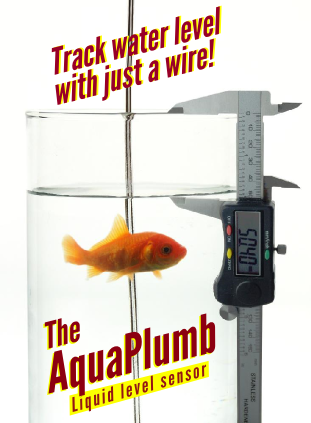Complete RF Amplifier Design and Analysis Calculator
Given a amplifier or transistor's the S-parameters (scattering parameters), this calculator will analyze its stability, maximum gain, an even suggest a suitable conjugate L-matching network for a given load and source impedance of the circuit to which the amplifier will be connected.
To use the calculator, enter in the amp's S-parameters.The characteristic impedance used in the S-parameter measurements. The frequency at which you will use the amplifier, the source's and load's impedance, and whether you want high pass or low pas networks on the L-Matching networks.
Remember that the S-parameters are a function of how the amplifier is biased. Some times you can read or extrapolate the parameter's off transistor datasheets for a given bias point. However, if these are not available then you must measure the S-parameters using a vector network analyzer (VNA).
The RF electronics design calculator will return the Rollet Stability Factor (K). If K is greater than one, then amplifier is stable for any combination of load and source impedance. However, it it is less than one then there may exist certain combinations for load and source impedance which are less than one, which could cause the amplifier to be unstable, e.g. oscillate.
The returned maximum allowable gain (MAG) for theRF amplifier.The MAG is the highest gain you could expect to achieve from a conjugately matched amplifier.
The purpose of the matching networks is transform the desired load and source impedances such they generate the calculated load and source impedances (GammaL/S).
The calculated load and source impedances, are the impedances that would be see looking into the input of the conjugately-matched amplifier. For example on the input side, it is the impedance seen looking into the input of an amplifier, which has it's output perfectly matched, or the observed output impedance of the amplifier, when the input is perfectly matched.
The suggested L-networks will transform the input and output impedances so that they perfectly match the given source and load impedances. Please note that the L-Networks are just suggestions, there are many other ways to match two impedances, such as three element PI and T networks, and broadband transformers. The disadvantage with L-networks is that they have a fixed Q, which is a function of the ratio of the resistive parts of the two impedances which are being matched. Three element matches give more flexibility in the choice of Q. Networks with many elements can be designed which give any desired Q.The Q is important because it determines the bandwidth of the network. For a broad band amplifier, you want the smallest possible Q. These are typically done with the use of a Smith chart. There are also cases when you don't want a perfect match, for example you want an amplifier that has lower gain.
Equations:
Ds=S11S22 - S12S21
K=(1+|Ds|^2-|S11|^2-|S22|^2)/(2|S21||S12|)
B1=1+|S11|^2 - |S22|^2 - |Ds|^2
MAG= |S21|/|S21|(K±sqrt(K^2-1) -> if B is negative use +, otherwise -.
Load Reflection Coefficient:
GAMAL
If you want to really learn how to design RF Transistor amplifiers, buy the affordable book: RF Circuit Design by Chris Bowick, ISBN 0-7506-9946-9. Get it from amazon.com. Most RF books are filled with pages of useless math equations, have no examples, or are just poorly written. This book holds your hand through all of the design stages, has real world examples, and is simply the best book out there, on how to mathematically design an RF amp.

